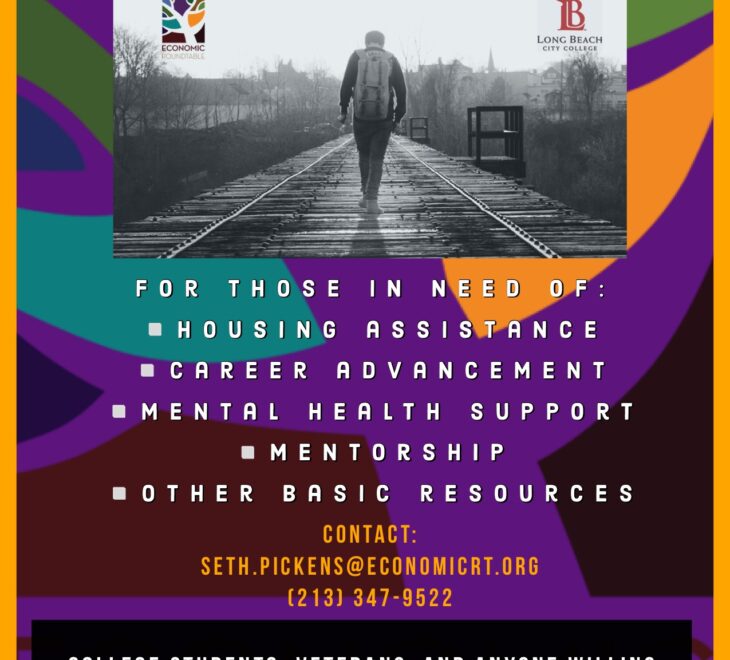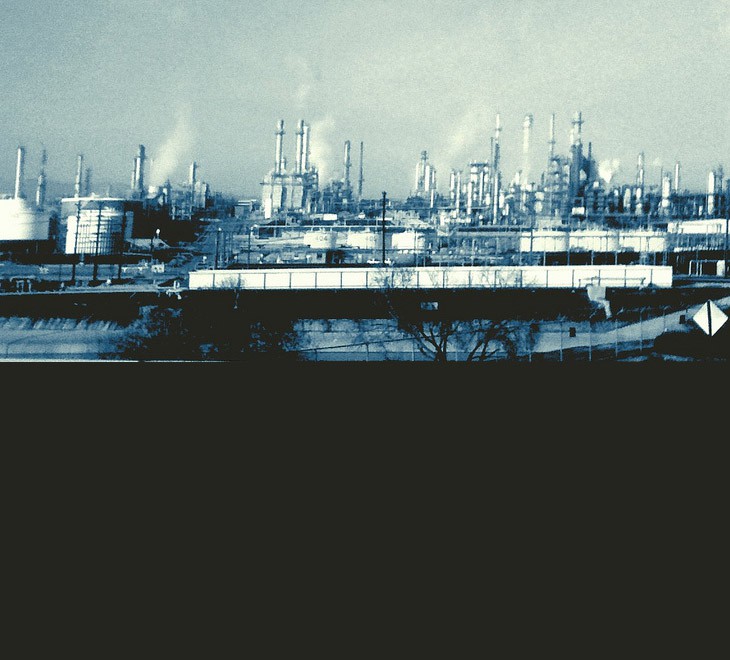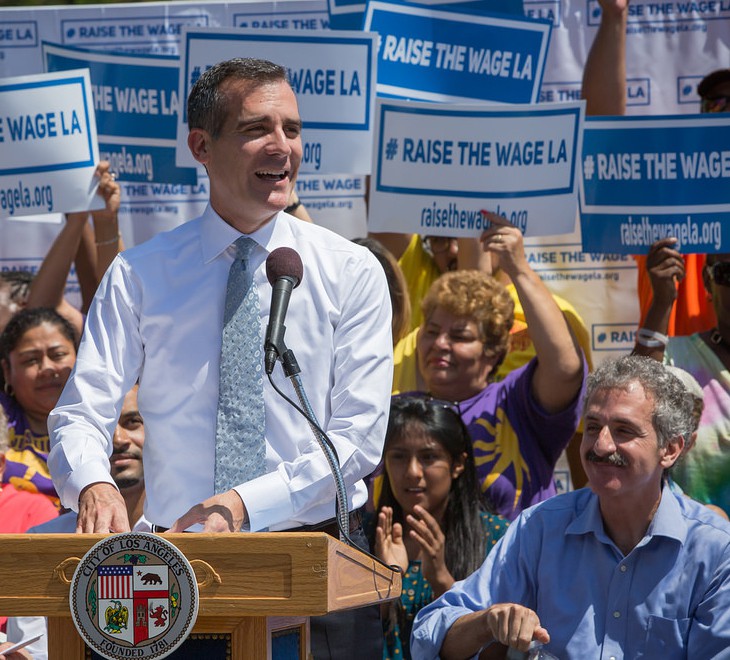Executive Summary
This study extrapolates data about public costs for homelessness in Los Angeles County to clients of three San Francisco Collaborative Courts: Drug Court, Community Justice Center (CJC) and Behavioral Health Court. This information identifies the probable level of engagement by health care providers, public assistance agencies and the jail system in providing services to different cohorts of court clients that are experiencing homelessness. For clients with the most acute problems, who have recurrent encounters with hospitals and jails, information about high public costs associated with homelessness can point the way toward cost-effective investments in housing and supportive services that reduce net public outlays.
Drug Court
The most typical Drug Court client is a male 30 to 45 years of age with a psychiatric disability. In 2011, Drug Court clients who experienced episodes of homelessness are estimated to have cost the City and County of San Francisco and health care providers an average of $2,263 a month.
Looking at the costs for homeless Drug Court clients in the context of the overall cost distribution of the adult homeless population broken into ten groups of equal size based on their costs, we find that an estimated 79 percent of Drug Court clients are in the upper half of the cost distribution. Nineteen percent of Drug Court clients are in the highest cost decile.
Breaking out costs by decile creates a tool for identifying clients who are most likely to have continuing crises in their lives that result in encounters with hospitals and jails. This cost information provides an objective and compelling basis for prioritizing access of homeless individuals to the scarce supply of permanently subsidized supportive housing.
The 19 percent of homeless Drug Court clients in the highest cost decile are estimated to have average costs of $7,394 a month and to account for 62 percent of all public and hospital costs incurred by Drug Court clients. Sixty percent of these costs are estimated to be for health care, 4 percent for public assistance services, and 37 percent for jail and probation costs.
Community Justice Center
The most typical Community Justice Center client is a male 30 to 45 years of age with an identified substance abuse problem who is not on probation. In 2011, Community Justice Center clients who experienced episodes of homelessness are estimated to have cost San Francisco and private health care providers an average of $2,207 a month.
An estimated 63 percent of CJC clients are in the upper half of the cost distribution for homeless adults, with 14 percent in the highest cost decile. The 14 percent of homeless Community Justice Center clients in the highest cost decile are estimated to have average monthly costs of $7,648 and to account for 61 percent of all public and hospital costs for CJC clients. Fifty-three percent of these costs are estimated to be for health care, 3 percent for public assistance services, and 43 percent for jail and probation costs.
Behavioral Health Court
The most typical Behavioral Health Court (BHC) client is a male 30 to 45 years of age with a nonorganic psychosis, for example, schizophrenia. In 2011, Behavioral Health Court clients who experienced episodes of homelessness are estimated to have cost the San Francisco and private health care providers and average of $4,356 a month.
An estimated 90 percent of BHC clients are in the upper half of the cost distribution for homeless adults, with 38 percent in the highest cost decile.
The 38 percent of homeless BHC clients in the highest cost decile are estimated to have average costs of $9,270 a month and to account for 81 percent of all public and hospital costs incurred by BHC clients. Sixty-three percent of these costs are estimated to be for health care, 3 percent for public assistance services, and 34 percent for jail and probation costs.
Behavioral Health Court clients have by far the highest public costs of any of the Collaborative Courts analyzed, and by far the largest share of clients in the highest cost decile.
Total Costs
The point-in-time caseload of roughly 640 clients in the three Collaborative Courts is estimated to have annual public costs of $18.5 million. Sixty-nine percent of this cost is estimated to be for the 20 percent of clients who are in the highest cost decile of the overall homeless population. These costs are shown below in Table 1.
Costs when Housed
Public costs decrease markedly when individuals gain access to permanently affordable housing with services. Costs for homeless individuals in the 10th decile who are living in permanent supportive housing have been found to decline 90 percent as a result of decreased jail and health care costs when individuals are stably housed.
The supply of permanent supportive housing is far smaller than the population of disabled homeless persons who need this combination of affordable housing and supportive services. There is a strong argument for using systems-based information, such as the client records of the Collaborative Courts, and corresponding screening tools to identify clients with acute needs who should have first priority for access to permanent supportive housing.
It is realistic to anticipate that when 10th decile Collaborative Court clients are living in permanent supportive housing, their public costs will be less than a quarter of what they are when they are homeless. If all of the roughly 130 collaborative court clients who are in the 10th decile at any point in time where placed in permanent supportive housing, this could well reduce annual public costs for these clients by over nine and a half million dollars.
Conclusion
Cost information has been extrapolated from Los Angeles to San Francisco based on several assumptions that similar conditions among homeless residents result in similar public responses in each locality:
- Comparable health disorders result in comparable types of encounters with health care providers
- Comparable forms of personal dysfunction and social disruption result in comparable levels of involvement with the justice system.
It is unlikely that these assumptions are precisely accurate; it is likely that public sector and health care system responses to residents with different types of problems who are homeless are generally similar. It is also likely that the adjustments made to costs in Los Angeles result in cost estimates that are reasonably representative of costs in San Francisco.
|
Table: Estimated Annual Public Cost for the Point-in-Time Caseload of the Three Collaborative Courts
|
||||||||
| Cost Decile |
DRUG COURT
|
CCOMMUNITY JUSTICE CENTER
|
BEHAVORIAL HEALTH COURT
|
ALL THREE COURTS
|
||||
|
Estimated Number of Clients in Each Decile
|
Estimated Annual Costs for Clients in Each Decile
|
Estimated Number of Clients in Each Decile
|
Estimated Annual Costs for Clients in Each Decile
|
Estimated Number of Clients in Each Decile
|
Estimated Annual Costs for Clients in Each Decile
|
Estimated Number of Clients in Each Decile
|
Estimated Annual Costs for Clients in Each Decile
|
|
| Lowest Decile |
2
|
$2,254
|
15
|
$13,773
|
1
|
$604
|
18
|
$16,630
|
| Second Decile |
3
|
$5,729
|
21
|
$36,342
|
1
|
$2,336
|
26
|
$44,406
|
| Third Decile |
5
|
$14,492
|
27
|
$69,829
|
2
|
$5,512
|
34
|
$89,832
|
| Fourth Decile |
9
|
$31,487
|
32
|
$116,273
|
5
|
$20,220
|
46
|
$167,980
|
| Fifth Decile |
12
|
$62,591
|
35
|
$172,747
|
5
|
$25,601
|
52
|
$260,939
|
| Sixth Decile |
14
|
$94,409
|
36
|
$238,554
|
9
|
$64,696
|
59
|
$397,660
|
| Seventh Decile |
19
|
$179,613
|
42
|
$382,016
|
13
|
$135,908
|
74
|
$697,537
|
| Eighth Decile |
27
|
$373,630
|
47
|
$634,076
|
21
|
$313,359
|
95
|
$1,321,065
|
| Ninth Decile |
30
|
$728,471
|
47
|
$1,152,093
|
31
|
$844,286
|
108
|
$2,724,849
|
| Highest Decile |
28
|
$2,465,483
|
49
|
$4,472,109
|
53
|
$5,920,461
|
130
|
$12,858,052
|
| TOTAL |
150
|
$3,958,159
|
350
|
$7,287,811
|
140
|
$7,332,982
|
640
|
$18,578,952
|
| Source: Economic Roundtable analysis of San Francisco Collaborative Courts and Los Angeles County Enterprise Linkages Project data | ||||||||
Most importantly, it is likely that the underlying cost ratios shown in this study are reliable; specifically it is reasonable to conclude that:
- There is a wide range in the severity of problems among court clients experiencing homelessness and resultant public costs
- The ten percent of homeless clients with the highest costs account for a majority of all public costs for court clients
- It is possible to identify clients who have ongoing crises in their lives that result in extremely high public costs using screening methods such as the triage tool developed using Los Angeles cost data
- The majority of public costs are for health care, followed by costs for incarceration
- Public costs decrease dramatically when the stress, deprivation and chaos of homelessness are replaced by permanently affordable housing with supportive services.
Using permanent supportive housing as a problem-solving tool fits well with the goal of the Collaborative Courts to use evidence-based approaches that combining judicial supervision with rehabilitation services to address the complex social and behavioral health problems of repeat offenders.













